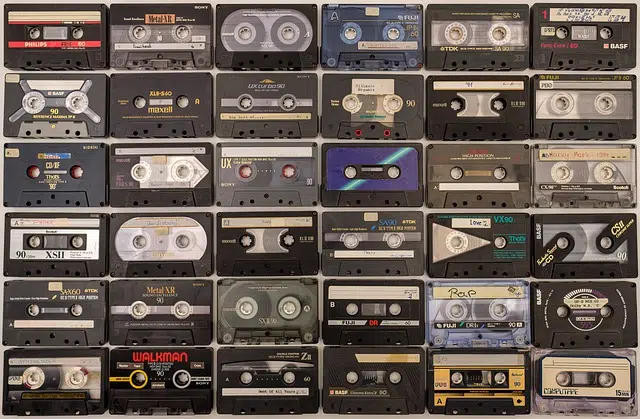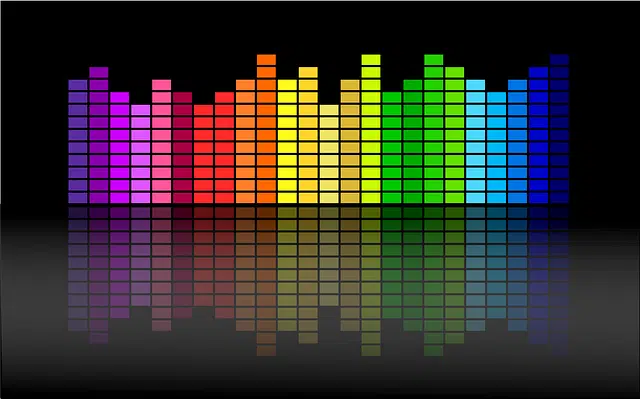
An audio library collects and organizes audio for easy access
An audio library is a collection of audios . The notion of audio , meanwhile, is associated with the recording, transmission and reproduction of sounds .
Overview
Audio libraries, in this way, house sound files . Just as libraries house books and film libraries store films, audio libraries collect and organize sounds, facilitating access to them.
There are different types of audio libraries. Many times their collection is made up of audiobooks : recordings of books that were read aloud. Thanks to its characteristics, the audio library promotes the dissemination of literature and allows people who suffer from some type of visual disability to enjoy the contents of the works.
Audiobooks are growing in popularity because they not only break down the walls of visual impairments but also offer other benefits. Firstly, they allow people with attention problems to approach literature without requiring a great commitment: we know that reading a text requires a greater predisposition than listening to a recording. On the other hand, it is ideal for teaching the little ones to intone correctly and lively.
The supports
In an audio library you can find sound files recorded on different material supports, such as compact discs , cassettes or vinyl records . In any case, in recent years digital audio libraries (that is, those that gather digital audio files) have become popular.
This brings us to a couple of important considerations. First of all, we must remember that even digital recordings also require the existence of a physical medium , although it is not usually talked about. Take for example solid state drives (known by their acronym SSD), which since the beginning of the 21st century have become increasingly popular and are sold in different models; They differ from the traditional hard drive by carrying out reading and writing using electrical impulses, without any mechanical procedure. Large volumes of audio can be stored in them.
The main difference between an audio library based on the use of compact discs or cassettes and a "digital" one is that the latter does not require direct manipulation of the storage medium for its operation, but rather this takes place "in the background", while the user It moves through a computer program.
Audio libraries of the world
The Ministry of Culture of Argentina , for example, presents an audio library on its website where you can listen to stories by authors such as César Aira , Ricardo Piglia and Sara Gallardo , read by actors such as Alejandro Awada , Adriana Aizemberg and Verónica Llinás .
The Octavio Paz Audio Library of the National Sound Library of Mexico , for its part, presents computers (computers) so that attendees can consult and listen to the files that the institution cataloged and digitized.

Nowadays digital recordings are more common than analog ones
Another meaning
It should be noted that the section or section of a website that makes it possible to listen to audios is also often called an audio library: statements by public figures; speeches by political leaders; interviews ; press conferences or conferences, etc.
As has happened with many other concepts, the massification of the Internet has given rise to changes in the way of interpreting them, largely because many of the activities that previously required a physical medium and a series of actions, such as traveling to a school, today they can be carried out from home, with a series of clicks or taps on the screen.
While building an audio library used to require physical labor and material resources, today it can be done completely digitally. This leads to a diversification of the concept itself, because almost anyone can do it, with a lot, little or no money, knowledge or experience, so the results are not comparable.
